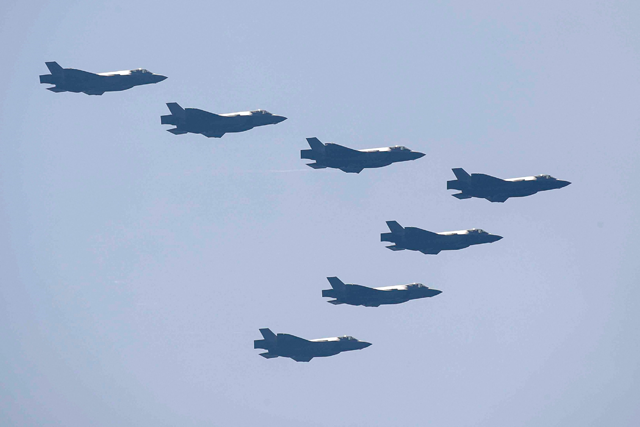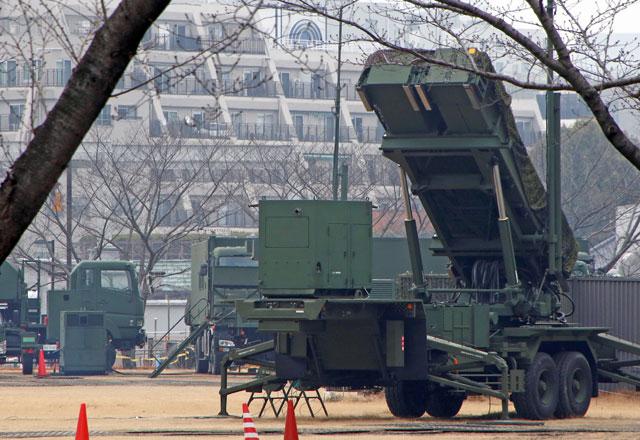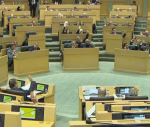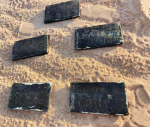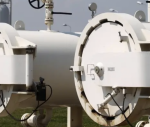You are here
North Korea fires missile into Japan waters for first time
By AFP - Aug 03,2016 - Last updated at Aug 03,2016
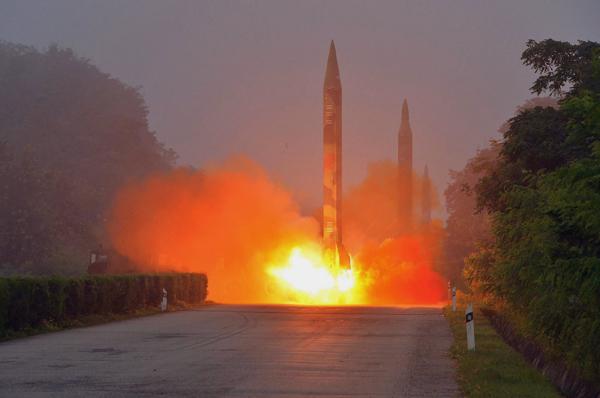
This undated file photo released by North Korea’s official Korean Central News Agency on July 21, 2016 shows a missile fired during a drill by Hwasong artillery units of the Strategic Force of the Korean People’s Army (AFP photo/KCNA via KNS)
SEOUL — North Korea Wednesday fired a ballistic missile directly into Japanese-controlled waters for the first time, drawing an outraged response from Tokyo and ramping up tensions with the United States and South Korea.
The US military said the North had actually launched two Rodong intermediate-range missiles simultaneously, but one appeared to have exploded on take-off.
The launches followed a North Korean threat of "physical action" over the planned deployment of a sophisticated US anti-missile system in South Korea, and came just weeks before the start of large-scale joint South Korea-US military exercises.
Japan said the one missile had landed in the Sea of Japan (East Sea), some 250 kilometres off its north coast and within its Exclusive Economic Zone (EEZ).
"It's a serious threat against our country's security," Prime Minister Shinzo Abe told reporters. "This is an outrageous act that cannot be tolerated."
The United States condemned what it called a clear violation of UN Security Council resolutions explicitly banning North Korea's use of ballistic missile technology.
"This provocation only serves to increase the international community's resolve to counter [North Korea's] prohibited activities," said Pentagon spokesman Gary Ross.
The European Union said the North was "clearly violating" its international obligations set out in multiple UN resolutions.
Germany's foreign ministry said Pyongyang has "deliberately put at risk the security of another country".
US Strategic Command said the two missiles were launched from a site in western North Korea at around 7:50am Seoul time (22:50 GMT Tuesday).
"Initial indications reveal one of the missiles exploded immediately after launch, while the second was tracked over North Korea and into the Sea of Japan," it said in a statement.
It was the first time a North Korean missile has been fired direct into Japanese waters. The second stage of a missile fired over Japan had splashed down inside the EEZ off Japan's Pacific Ocean coast in 1998.
Japan's top government spokesman Yoshihide Suga slammed Pyongyang for providing no advance warning of Wednesday's test.
"From the perspective of the safety of aircraft and ships, it is an extremely problematic, dangerous act," Suga said.
The Rodong is a scaled-up Scud variant with a maximum range of around 1,300 kilometres.
Pyongyang has conducted a series of missile tests this year in defiance of UN sanctions imposed after its fourth nuclear test in January.
On July 19 it launched three ballistic missiles — including one Rodong — in an exercise that the North said simulated a nuclear strike on the South.
That came just days after Washington and Seoul announced an agreement to deploy the US Terminal High Altitude Area Defence, or THAAD, system in South Korea by the end of next year — a move condemned by Pyongyang and also vehemently opposed by China and Russia.
South Korean Foreign Minister Yun Byung-Se said Wednesday's missile test only served to "underline the need to deploy THAAD".
Tensions on the divided Korean peninsula are also building up ahead of an annual South Korea-US military exercise later this month that involves tens of thousands of troops.
North Korea says such drills are a provocative rehearsal for invasion, while Washington and Seoul insist they are purely defensive in nature.
"Our commitment to the defence of our allies, including the Republic of Korea [South Korea] and Japan, in the face of these threats, is ironclad," Ross said.
"We remain prepared to defend ourselves and our allies from any attack or provocation."
Nearly 30,000 US troops are permanently stationed in South Korea.
Pyongyang has repeatedly warned of pre-emptive nuclear strikes against the South and US targets there and elsewhere, although the main focus of its nuclear weapons programme is to develop a credible strike threat against the US mainland.
Since its fourth nuclear test, North Korea has claimed a series of technical breakthroughs for its weapons programme.
It said it had miniaturised a nuclear warhead and successfully tested an engine designed for an inter-continental ballistic missile that could reach the US mainland.
While some experts say the claims are exaggerated, most acknowledge that the North's nuclear and ballistic missile programmes have made significant strides.
Related Articles
SEOUL — North Korea fired an intercontinental ballistic missile Saturday which landed in Japan's exclusive economic zone, Seoul and Tokyo sa
SEOUL — North Korea fired two ballistic missiles early on Saturday, South Korea's military said, the nuclear-armed country's fourth launch t
SEOUL — Nuclear-armed North Korea launched four ballistic missiles on Monday in another challenge to President Donald Trump, with three land



